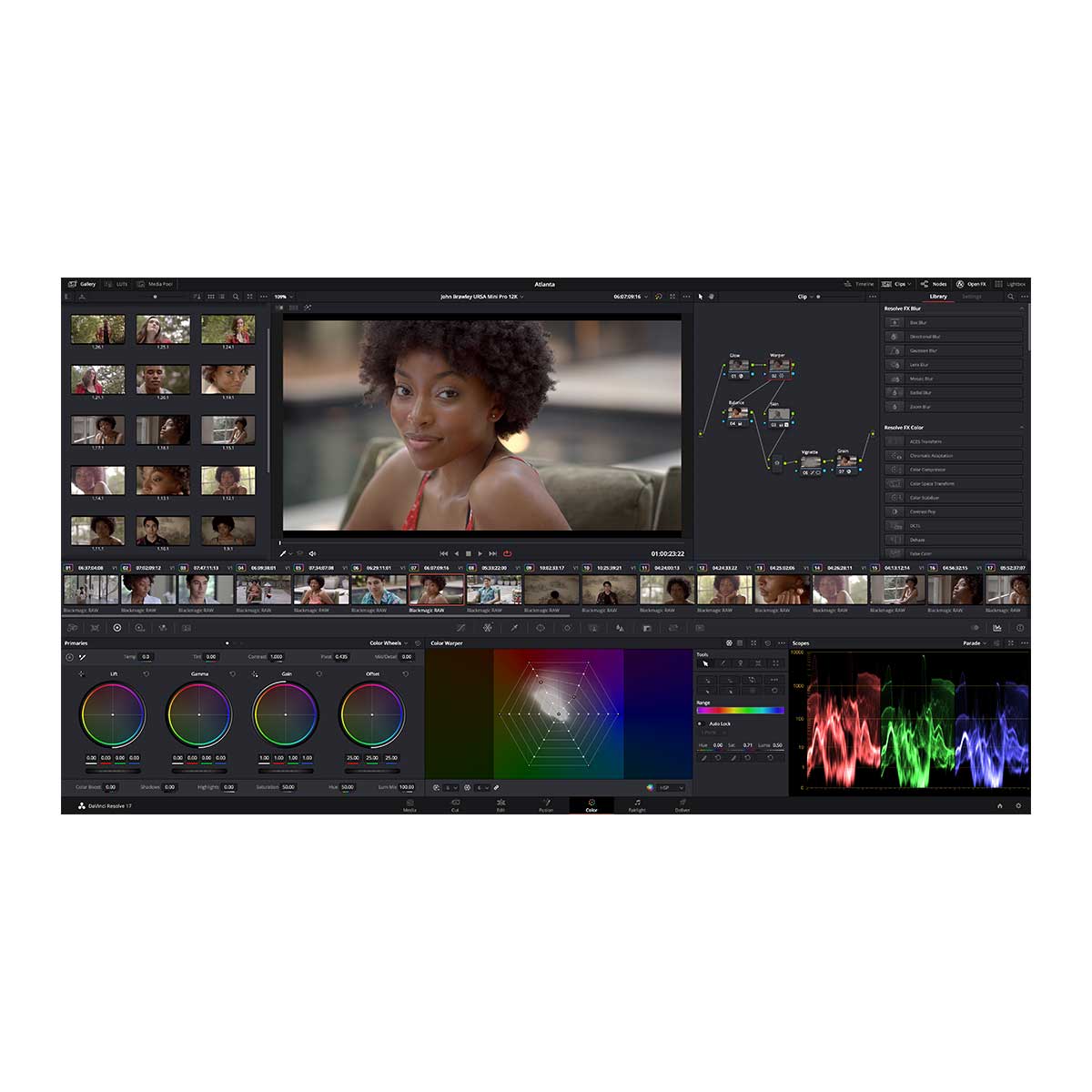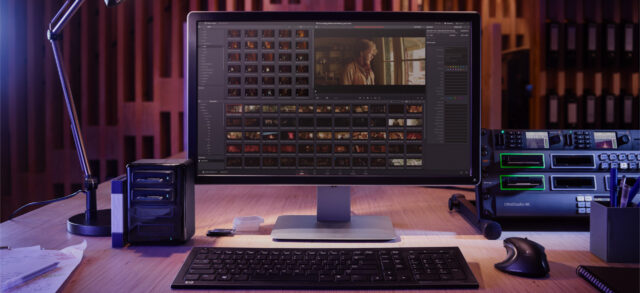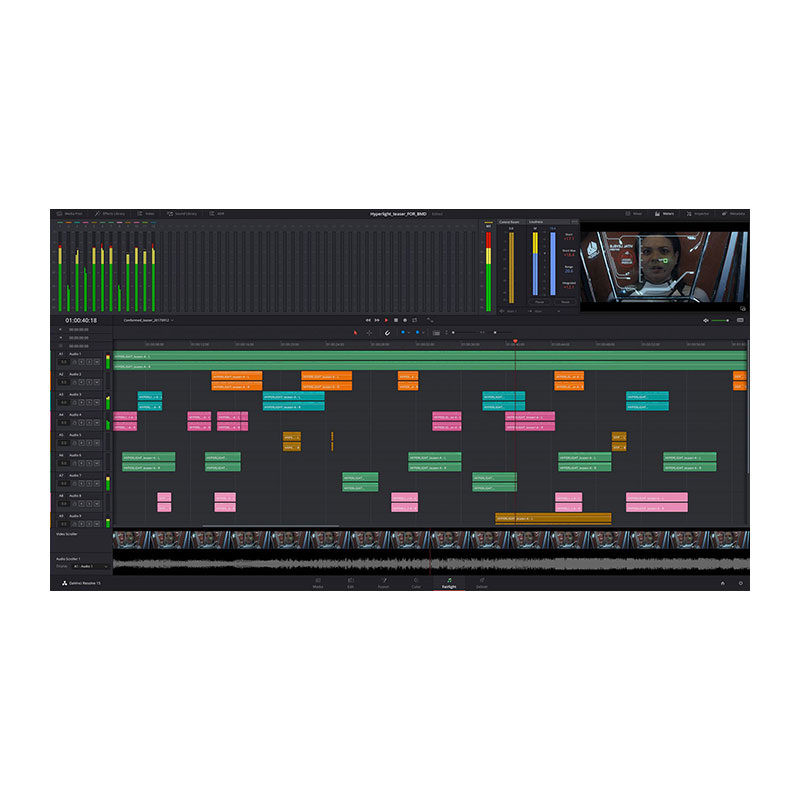
DaVinci Resolve Studio is also the only solution designed for multi user collaboration so editors, assistants, colorists, VFX artists and sound designers can all work live on the same project at the same time! Whether you’re an individual artist, or part of a large collaborative team, it’s easy to see why DaVinci Resolve is the standard for high end post production and finishing on more Hollywood feature films, television shows and commercials than any other software.ĭaVinci Resolve 16 features a revolutionary new cut page specifically designed for editors that need to work quickly and on tight deadlines! The new DaVinci Neural Engine uses machine learning to enable powerful new features such as facial recognition, speed warp and more.

Title: Blackmagic Design DaVinci Resolve Studio v16.2.3.15 WinĭaVinci Resolve 16 is the world’s only solution that combines professional 8K editing, color correction, visual effects and audio post production all in one software tool! You can instantly move between editing, color, effects, and audio with a single click. Linux NVIDIA Drivers can be found on their website.Blackmagic Design DaVinci Resolve Studio v16.2.3.15 Win You’ll find that Linux provides a similar power experience with Resolve in both 1080p or 4K and above to Windows. If you need to use consumer-grade video from say, an iPhone or Android device, or even gameplay footage, you’ll need to transcode it into an easier to manage format (DNxHD, etc., H.264 is for an end result, not editing). The main issue with Linux at the moment is that if you’re running AMD GPUs, you’ll need to download AMD’s own drivers and not the unsupported open-source ones you’d naturally gravitate to on Linux.ĪAC Audio doesn’t work either and H.265/H.264 footage is only available in the Studio version of Resolve. To install Resolve on CentOS past the requirements, you’ll want to follow Seth Goldin’s blog. This is mostly a hold over from Blackmagic not intending Resolve to be consumer-focused back before they switched gears.

Update: CentOS is the chosen platform for post-production, as indicated to us by a Reddit user.


While it does seem to work on other distros like Debian and Mint, it seems that Blackmagic have only ever really done proper tests on CentOS. As mentioned above, DaVinci Resolve on Linux is a little bit of a weird one.


 0 kommentar(er)
0 kommentar(er)
